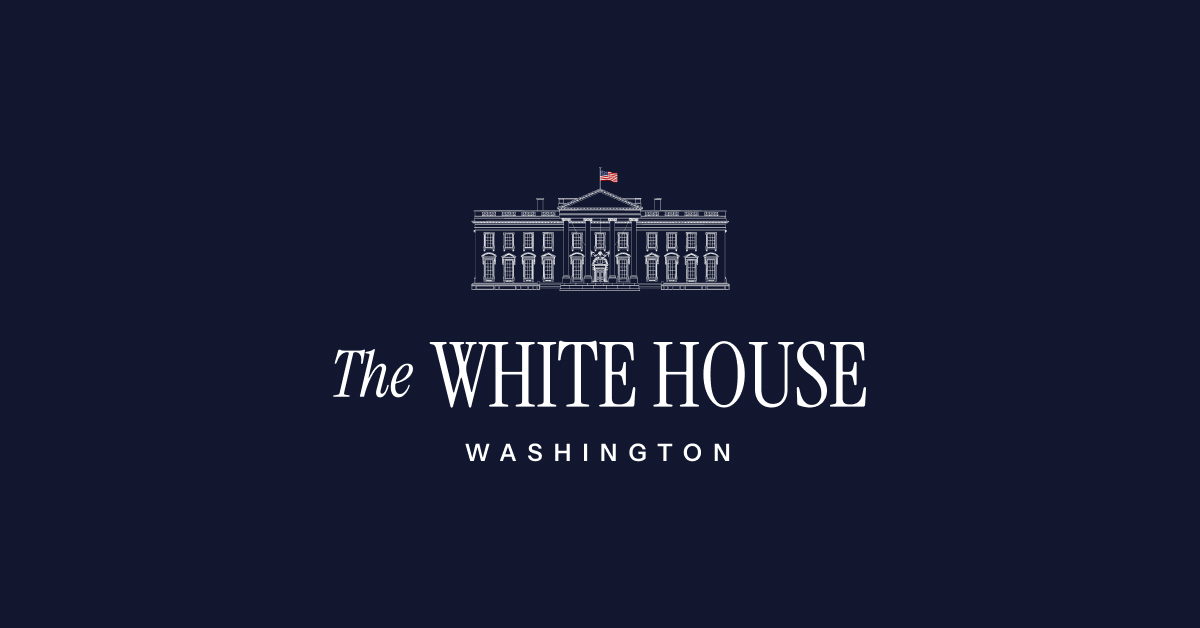
President Donald J. Trump’s One, Big, Beautiful Bill is a once-in-a-generation opportunity to cut spending, fuel growth, and level the fiscal footing of the American economy.
Stephen Miller, White House Deputy Chief of Staff, explains the bill’s historic nature:
“The Big Beautiful Bill is NOT an annual budget bill and does not fund the departments of government. It does not finance our agencies or federal programs. Instead, it includes the single largest welfare reform in American history. Along with the largest tax cut and reform in American history. The most aggressive energy exploration in American history. And the strongest border bill in American history. All while reducing the deficit.”
Miller goes on to explain how the legislation also reduces the deficit:
“The bill saves more than 1.6 TRILLION in mandatory spending, including the largest-ever welfare reform. A remarkable achievement. I’ve also seen claims the bill increases the deficit. This lie is based on a CBO accounting gimmick. Income tax rates from the 2017 tax cut are set to expire in September. They were always planned to be permanent. CBO says maintaining *current* rates adds to the deficit, but by definition leaving these income tax rates unchanged cannot add one penny to the deficit. The bill’s spending cuts REDUCE the deficit against the current law baseline, which is the only correct baseline to use.”
Meanwhile, Peter Navarro, Senior Counselor for Trade and Manufacturing, explains why so-called “forecasts” fail to account for the bill’s contributions to economic growth and debt reduction:
“In making its projections, the CBO [Congressional Budget Office] has refused to account for — or ‘score’ as they say in CBO lingo — any of the new revenues from the Trump reciprocal tariffs.
Remember here a key goal of Trump’s fair-trade policies is to shift the U.S. tax base from one primarily reliant on income taxes to one that, with the vision of the new External Revenue Service, is also supported by tariff revenues. Consider, then, the impacts on the CBO’s projected revenue shortfall of just the modest 10 percent global baseline tariff Trump recently put into effect.
Such a tariff, depending on consumer responses (as measured by demand elasticities) and enforcement efficacy (i.e., how much cheating occurs), should generate between $2.3 trillion and $3.3 trillion in additional revenue over the ten-year forecast period. When this revenue is layered onto the enhanced dynamic growth scenario, the projected budget impact from the One Big Beautiful Bill Act ranges from a modest $300 billion increase in the debt under the 2.2 percent growth assumption to as much as a $2 trillion surplus under the 2.7 percent growth assumption.”
